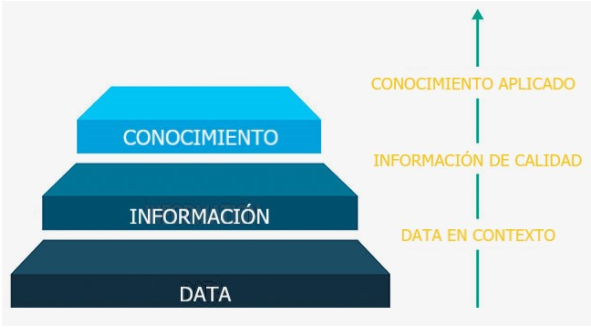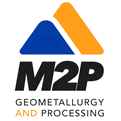Every day, and increasingly, our society generates an enormous amount of data, but how much of this data becomes information?
Do we know how to differentiate in our workflow which elements are data, information and / or knowledge?
The definitions say that:
Data: simple, random, raw, disorganized facts.
Information: structured, organized and processed data, presented in context, which makes it relevant and useful. Information is derived from data that, without meaning or context, means very little.
Knowledge: an information map linked through experience. Knowledge can predict and make decisions, in addition to reducing risks.

Data alone is NOT a solution.
In the mining sector, data collection is a stage that consists of large investments of money (drilling campaigns, for example), well-defined sampling protocols, cutting stages, mapping, quartering, laboratory analysis, etc. All carried out under strict and auditable regulations. We know that the quality of the input data is essential to obtain robust results, but we do not always understand the process of turning this data into information and knowledge.
Currently, with the implementation of implicit data modeling associated with the experience of the related professional, we invest more time to interpret and deliver robust models that spatially represent their knowledge of each deposit and the quality of the mineral. In this stage, data becomes relevant and useful information for business decision making.

At Mine to Port Consulting, we can apply the available technology in the market associated with our professional experience, in order to maximize the value of the client’s data (existing or future) and turn it into information and knowledge.Lorem ipsum dolor sit amet, consectetur adipiscing elit. Ut elit tellus, luctus nec ullamcorper mattis, pulvinar dapibus leo.
